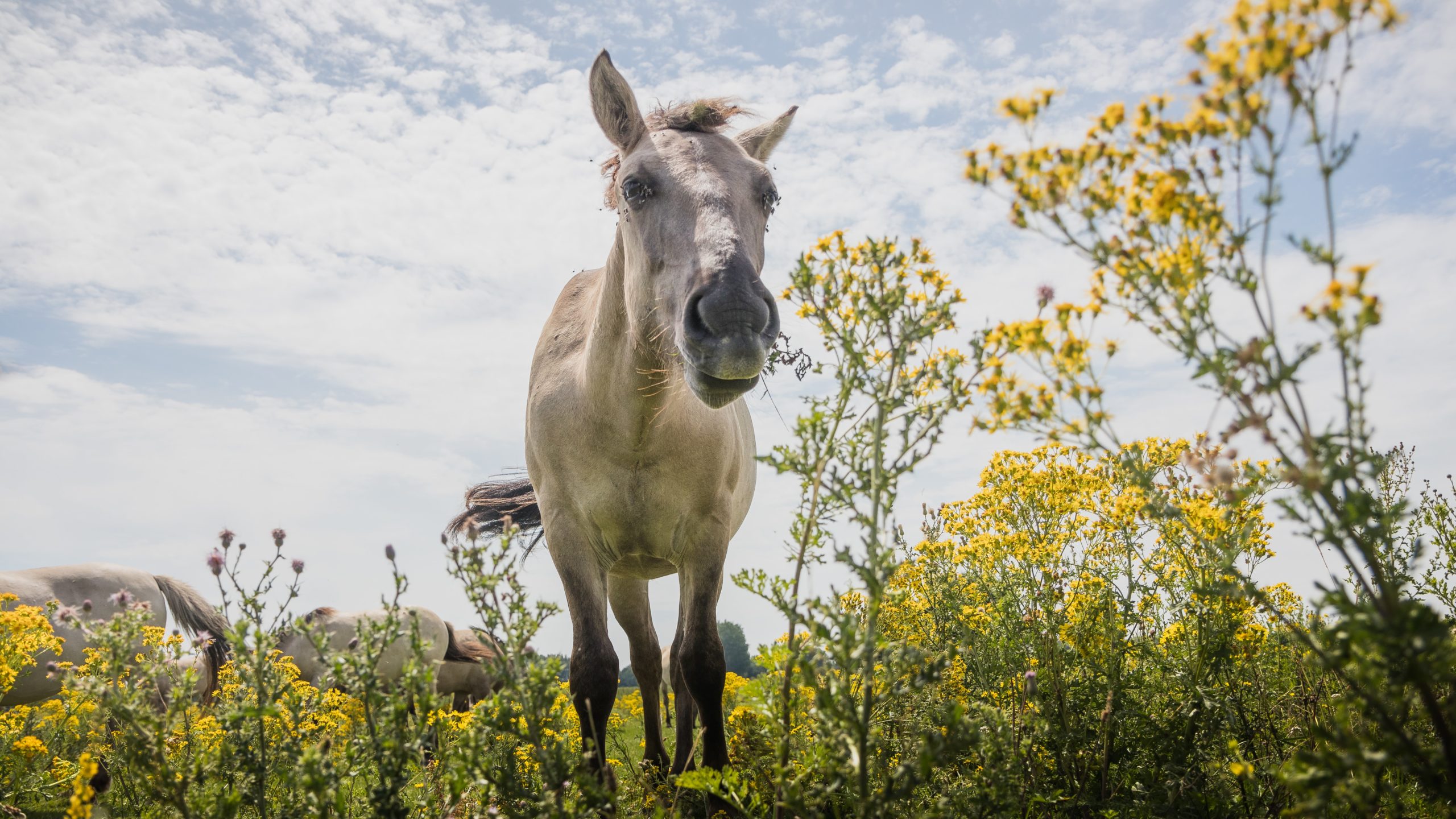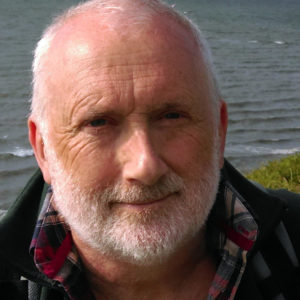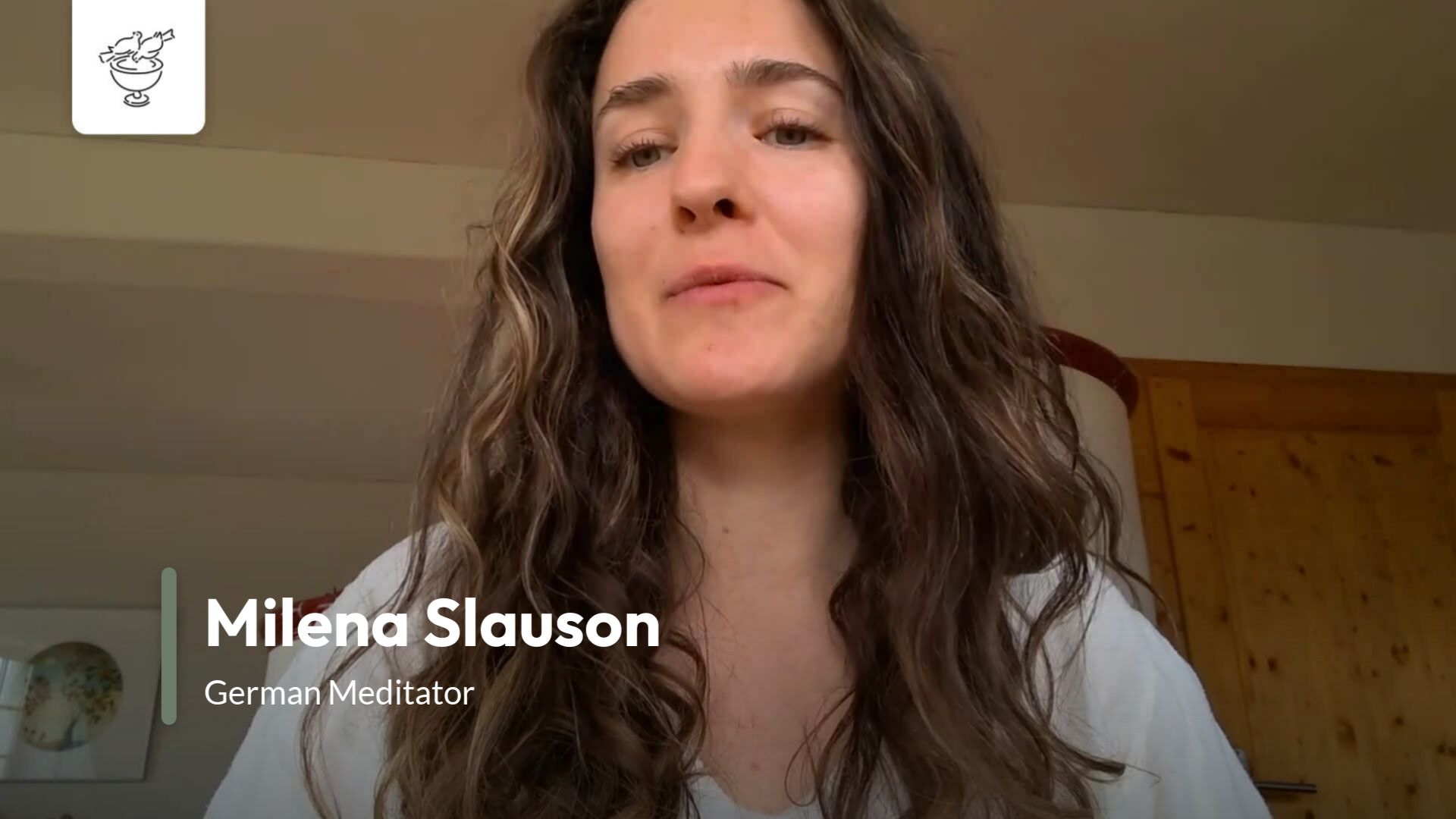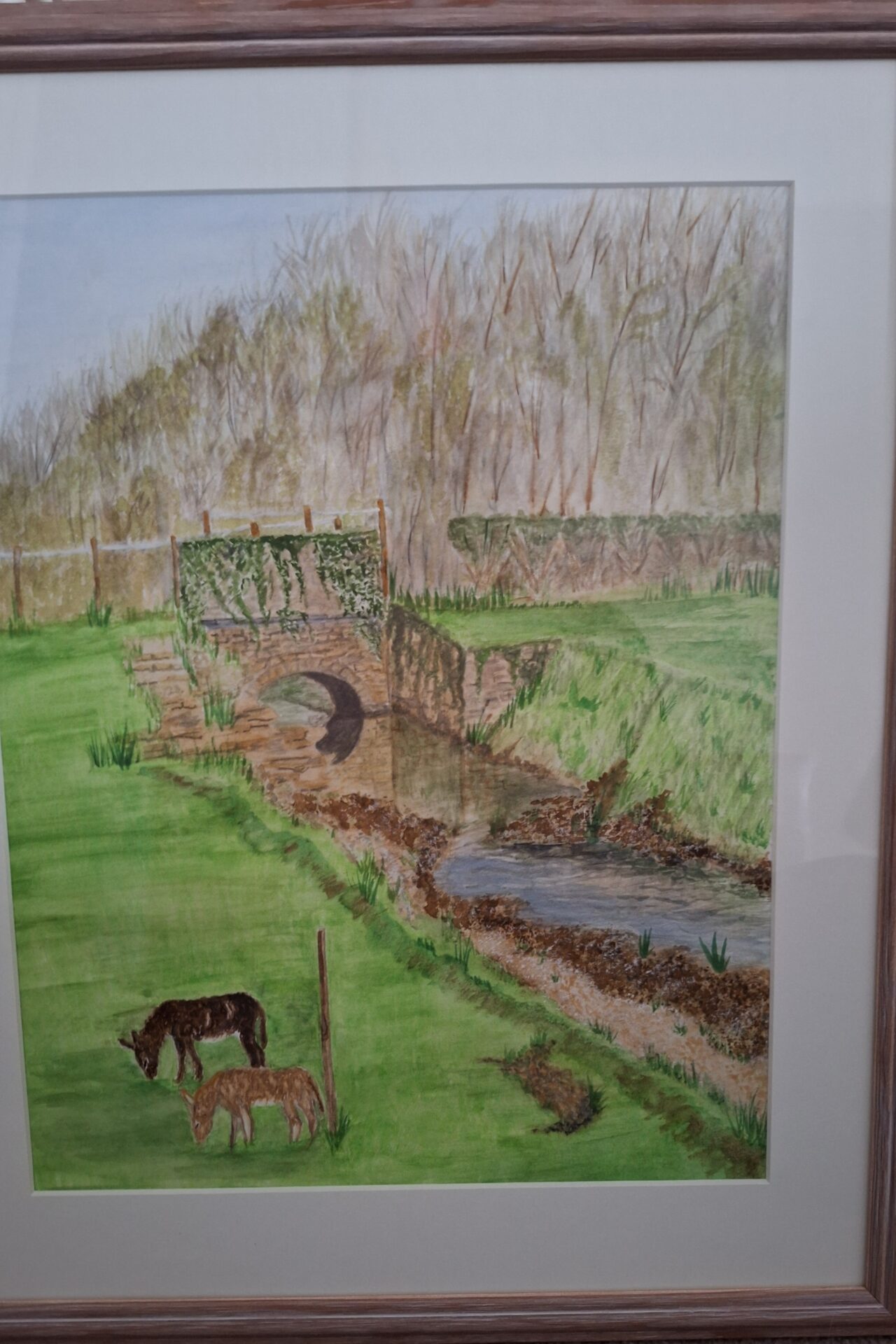At the end of a particularly searing episode of “Mad Men” (the award-winning US TV-drama about New York advertising executives in the early Sixties), Peggy – the assistant of our hero, Don Draper – indicates his office door as she’s leaving. “Open or closed?” she asks. He considers, then replies, “Open”. It’s a moment charged with simple, understated resonance. In the course of the previous night he has lost money, betting on the infamous Clay/Liston fight, has heard the news of the death of “the only person who ever knew me”, got into a brawl with a business rival and then passed out drunk in the office.
Now, in the morning, he’s at his desk in a clean, pressed shirt (kept in the drawer – you never know when you might need it) and it’s a new day. His simple one-word answer – “Open” – packs a quiet existential punch. He’s ready to carry on, he’ll accept what comes, he is prepared to grow. There is, in short, a will to live. It reminds me of other great final affirmations – Paul Morel walking quickly towards the town at the end of Sons and Lovers, Molly Bloom’s repeated “Yes” that closes (opens?) Ulysses, the eye-contact (my personal favourite this) fleetingly and heart-stoppingly established between the viewer and the coked-up abuse victim in the very final frames of the magnificent P T Anderson film Magnolia.
Why this musing about “Open or closed” now? Well, the question’s there every time I sit to do my practice. When I first learned to meditate I was with Buddhist teachers. They recommended keeping the eyes open. The focus was to be wide and soft. In other words, no intense fixation of the vision, no boring your gaze into a candle-flame or icon. The invitation was to experience the visual field in a way quite different to our habitual manner. Rather than edit, separate, highlight and fixate, there was the possibility of allowing all things visible to have equal status, of simply being with them, unjudged, unpossessed, unnamed.
How this fits with the contemplative project – the dethroning of the ego, the surrender of our relentlessly classifying and capturing outlook – seems pretty clear. But there, in the How to Meditate passage of Christian Meditation teaching, is the simple instruction: “Close your eyes lightly”. Twelve years into the practice, I find myself still experimenting. I often feel caught between “open” and “closed”, and the old dualistic questioning habits die hard: “which is the best way?”
I remember many years ago a young woman saying (after a meditation session which was part of a psychotherapy training), “It was wonderful – I felt like I completely disappeared into the universe – I wasn’t even me any more”. Warning bells went off in my embryonic contemplative consciousness. This didn’t sound quite right to me, though I couldn’t say just why at the time. Since then I’ve come to experience meditation as the readiness to be totally here and totally myself, accepting relationship with all that is around and within me. Finding that becoming so intensely local is the way to be with the universal. Something like that.
So, when I close my eyes lightly to meditate, even though I do immediately feel that it’s ‘easier’, cutting down on potential distraction, I also notice a kind of un-ease. Am I creating a little contemplative bubble? Am I somehow subtly cutting off? The questions penetrate to the very heart of the way we lead our lives. If we give too much attention to creating the ‘right’ atmosphere, if we make the space we are in ‘too’ sacred, then are we on our way to the ‘holy floating’ that Father John warned against, the ‘pernicious peace’ of John Cassian? Yes, as the poet says, the world is too much with us. But the great danger of the religious life – perhaps of contemplation in particular – is that we sometimes hold it at too great a distance.
To meditate is to be learning how to be prayer, the prayer of Christ, at all times and in all places. Our prayer means nothing if it doesn’t continue in the wide-open places of unplanned life: in the middle of a rioting capital city, sitting with a catatonically depressed psychiatric patient, trapped in the stairwell of a hundred-and-ten storey building that is thundering into powder around you. This is where the question, “Open or closed?” starts to get really interesting. Then we know – I suspect – that it’s hearts, not eyes, that we’ve been concerned with all along.







